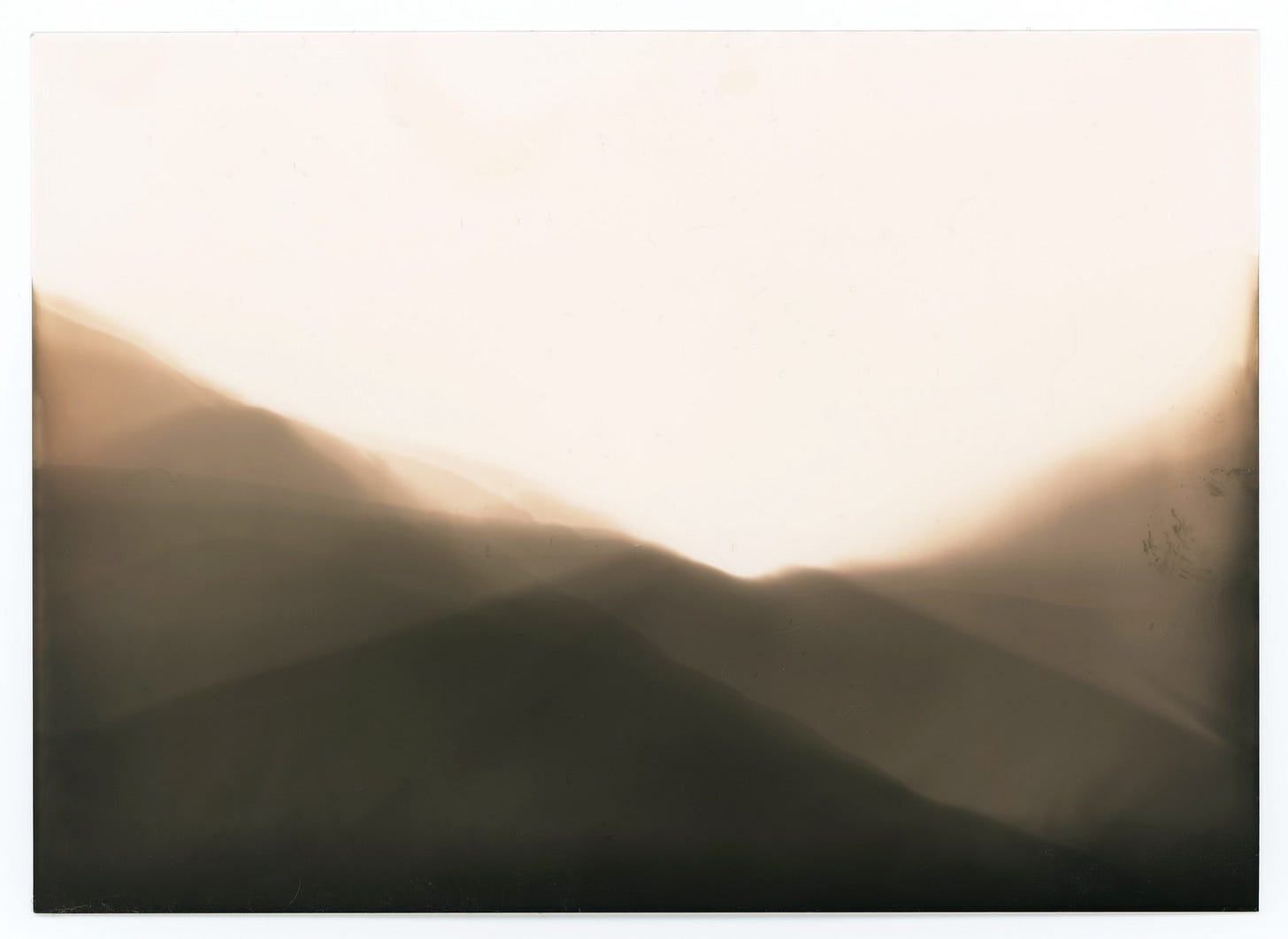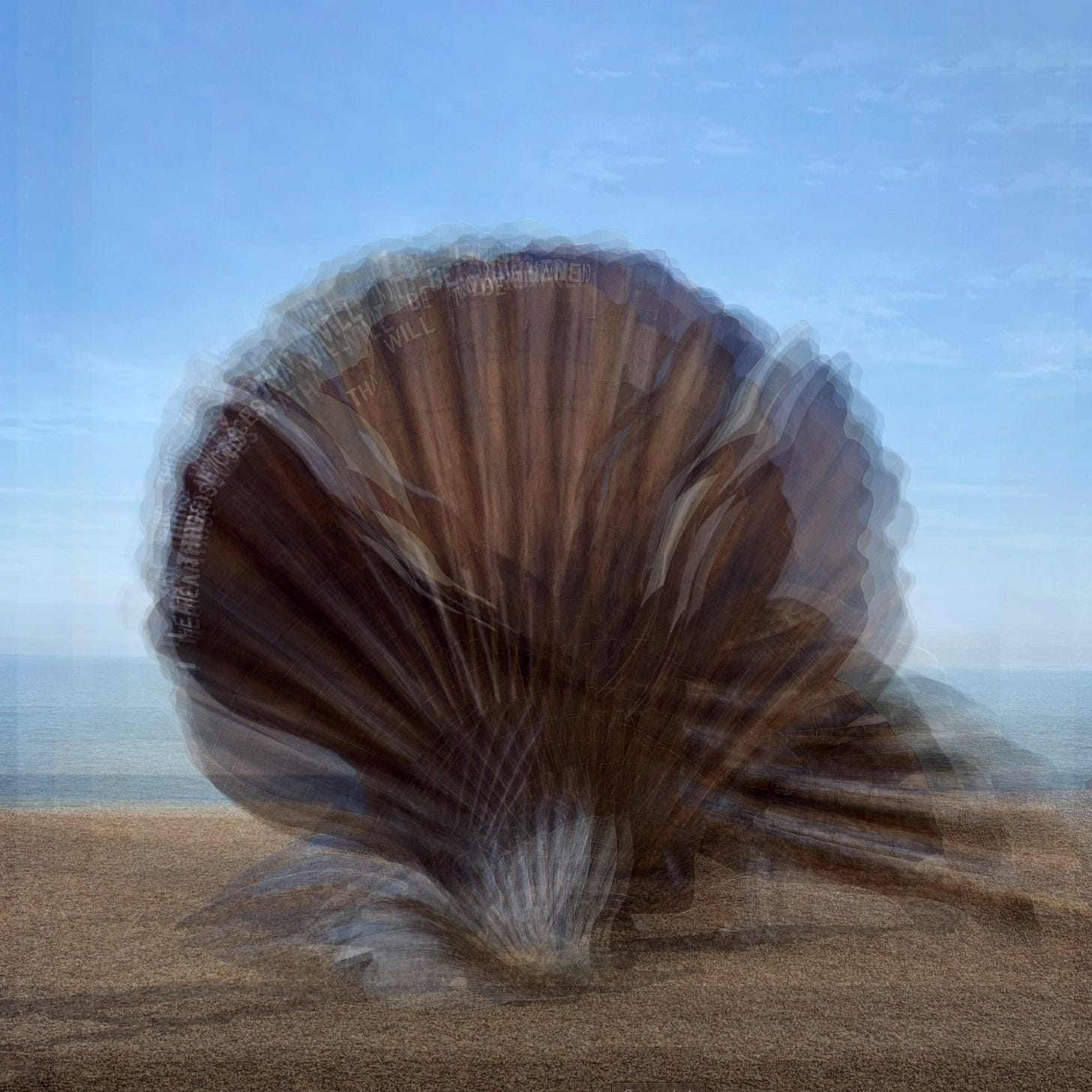We often come across the term of ‘take’ a picture. It's an odd phrase, isn't it? Other than a moment in time, what, exactly, are we taking? And what does that act of ‘taking’ truly mean?
When I first got into photography, I approached it with a bit of a collector's mentality. I wanted to ‘take’ that perfect shot, the iconic ‘honeypot’ image that everyone recognises of a place, the shot that would stand as a testament to my skill. Weekends would land and I'd find myself chasing sunrises, sunsets, fleeting moment, and meticulously compose scenes, all in an effort to ‘capture’ something evocative or rather “precious”.
Throughout the majority of my time in the field, ‘take’ was the only verb I knew to describe the act of photography, and ‘shoot’ was the noun. While the phrase ‘take’ may imply a passive act of capturing a moment, even in its simplest form, there is still an element of intention. As photographers, we're often interpreting the world, not just recording it, and from the moment we press the shutter, we’re deciding what matters, what deserves to be remembered, what resonates with us. We're filtering through the chaos.
As time went on, I found that the more I photographed, the more I realised that this act of ‘taking’ was less about possession and more about participation. It wasn't about seizing a moment, but about engaging with it. Being out in the open, amongst the air, the sounds and the smells.
Perhaps, instead of ‘taking’ a picture, we should say we ‘make’ a picture. We craft it, we shape it, we post-process it, we embed it with our own sense of self by drawing on our own emotions. We may not even use a camera.
Media philosopher Vilém Flusser often raises the point of how photography, as a technical medium, shapes our understanding of the world and our interaction with it. Flusser's writings frequently prompt us to consider the extent to which ‘taking’ a picture reflects the photographer's intent versus the camera's inherent limitations.
When you delve into the language of photography, this uncovers a fascinating divergence. While English offers the nuanced choice between ‘taking’ and ‘making’ a photograph, this isn't universally replicated. Many languages adhere strictly to ‘take,’ or employ even more intricate verbs depending on the context. The shift towards ‘making’ in English, with its connotations of artistic creation, is often attributed towards photographer Ansel Adams, though definitive proof remains elusive. Regardless of its precise origins, the fact that such a revered figure in photography embraced this terminology, I believe, speaks volumes. For some that are looking to elevate their practice beyond mere snapshots, adopting ‘make’ might serve as a reminder of the intentionality and artistry that is inherent in crafting an image.
The next time you raise a camera to your eye, ask yourself the question “what am I truly ‘taking’? Am I simply taking a snapshot, or am I engaging with the world around me? Am I ‘taking’ a picture, or am I ‘making’ one?
Thanks ever so much for reading. Feel free to hit that subscribe button and follow me on Instagram for more.








I’ve always loved the idea of “making” or “creating” a picture—cause that’s truly what we do. To take a picture is merely an exact replication of the scene. But with all the variables of photography we are “making” something out of what we see
Thanks Daniel. It's an interesting one and I've seen this argument play out time and time again over the years. Over and above all that you've said, there's also the thought process about whether saying 'making an image' comes across as pretentious, but 'taking an image' seems overly simplistic.
I guess there's room for both, depending on who the audience is. I personally waver between the two but find myself defaulting to 'taking', just because it's the easiest language I could use that helps others understand what I'm trying to say, knowing that not all of my audience are photographers. Some people just want to see nice photos of things.